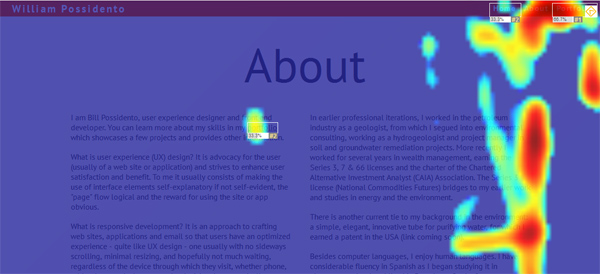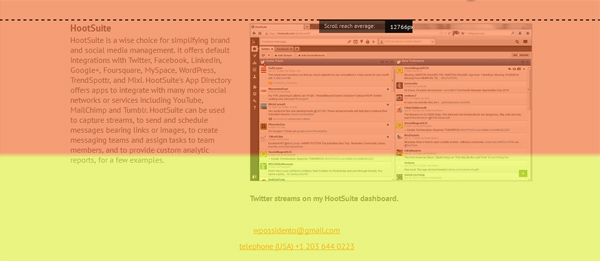What is UX design?
William Possidento

What is user experience (UX) design? It is advocacy for the user (usually of a website or application but sometimes an email) and strives to enhance and benefit user satisfaction. To me it usually consists of making the use of interface elements self-explanatory if not self-evident, the page flow logical, and the reward for using the site or app clear.
What’s the big deal then? Can’t designers simply assume the user’s perspective and design accordingly? Often, they can. Yet, often enough, what a user experiences and what a designer thinks a user experiences differ. As there are many different users experiencing many different things on many different web sites, apps and emails alike, it should be unsurprising that UX design is multidisciplinary. It considers questions as detailed as which fonts might be best for children and dyslexics and as broad as whether to require registration to allow for a purchase.
Jared M. Spool, founder of User Interface Engineering in North Andover, MA, tells of the modification of a checkout process and avoidance of forcing users to recall email addresses, passwords, and other annoyances. The designers removed the Register button and replaced it with a Continue button with the following message: You do not need to create an account to make purchases on our site. Simply click Continue to proceed to checkout. To make your future purchases even faster, you can create an account during checkout (Jared M. Spool, The $300 Million Button, 14 January 2009).
UX design employs a multitude of techniques and analytic tools. One simple technique, card sorting, asks users themselves to group items – merchandise, for example – named on cards (though, now, this is often done using software rather than cards). These groups can be the basis of information architecture generally – what goes where – and more specifically the menu structure, navigation, headings, etc. It is not hard to see how valuable this could be for sites such as Amazon or eBay.
Among the analytic tools are snippets added to the source code to capture data. Google Analytics uses snippets to collect data on visitor locations, languages, screen resolutions, internet service providers, browsers, and much more, while Google AdWords uses snippets to identify the keywords that site visitors employ to search for sites or ads. Some vendors offer snippets to generate click heat maps, mouse movement heat maps (mouse movements are highly correlated with and used as proxies for eye movements) and scroll reach heat maps. Such heat maps answer questions such as: Are users clicking or focusing on unexpected places? Are they failing to click or focus where expected? How far down a long page are users scrolling?
Figure 1:
A mouse movement heat map.
Figure 2:
A scroll reach heat map.
There is much more to UX design, but this gives a brief, high-altitude overview which descends upon a few techniques and tools.
 Free
Consultation
Free
Consultation Free
Google Ads Audit
Free
Google Ads Audit









